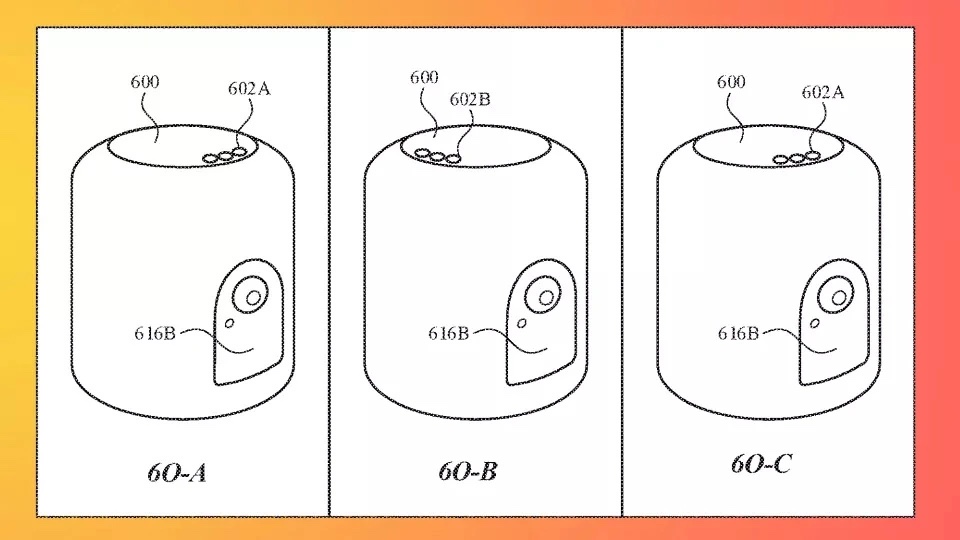
4-9 #HappyEaster : Samsung Z Flip5 will allegedly feature a bigger cover display; Samsung has announced that it will reduce its chip production; Huawei founder Ren Zhengfei has said “Huawei or HUAWEI” words cannot be used by any vehicle publicity or design; etc.

A new report from SellCell examines the latest handsets from all three companies, which include the lineups for the iPhone 14, Samsung S23, and Google’s Pixel 7 devices. The current iPhone series continued to hold its value the best, with Pixel 7 devices selling for 48% less than an iPhone 14 and the Galaxy S23 having an average 40% lower resale price. The most recent iPhones in the “Like New” condition saw a value decline of 32.3% in the first month compared to 41.1% for the Galaxy S23 and 32.3% for the Pixel 7 averages. According to the study, iPhone values increased again after two months, but Samsung and Pixel values continued to decrease. For example, the iPhone 14 Pro Max 128GB lost 21.7% after one month but regained 8.1% of its value in month two with 13.6% of its launch price. (CN Beta, Apple Insider, SellCell, 199IT)
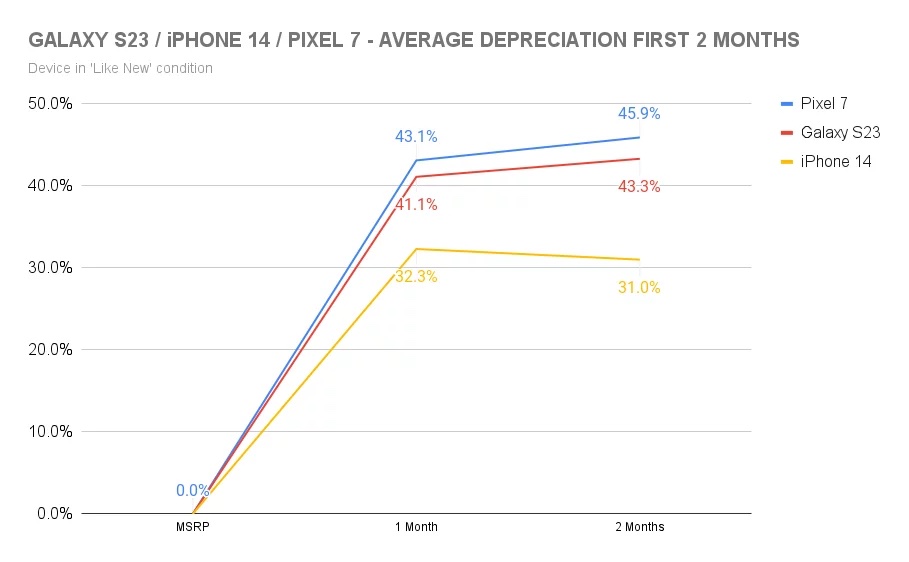
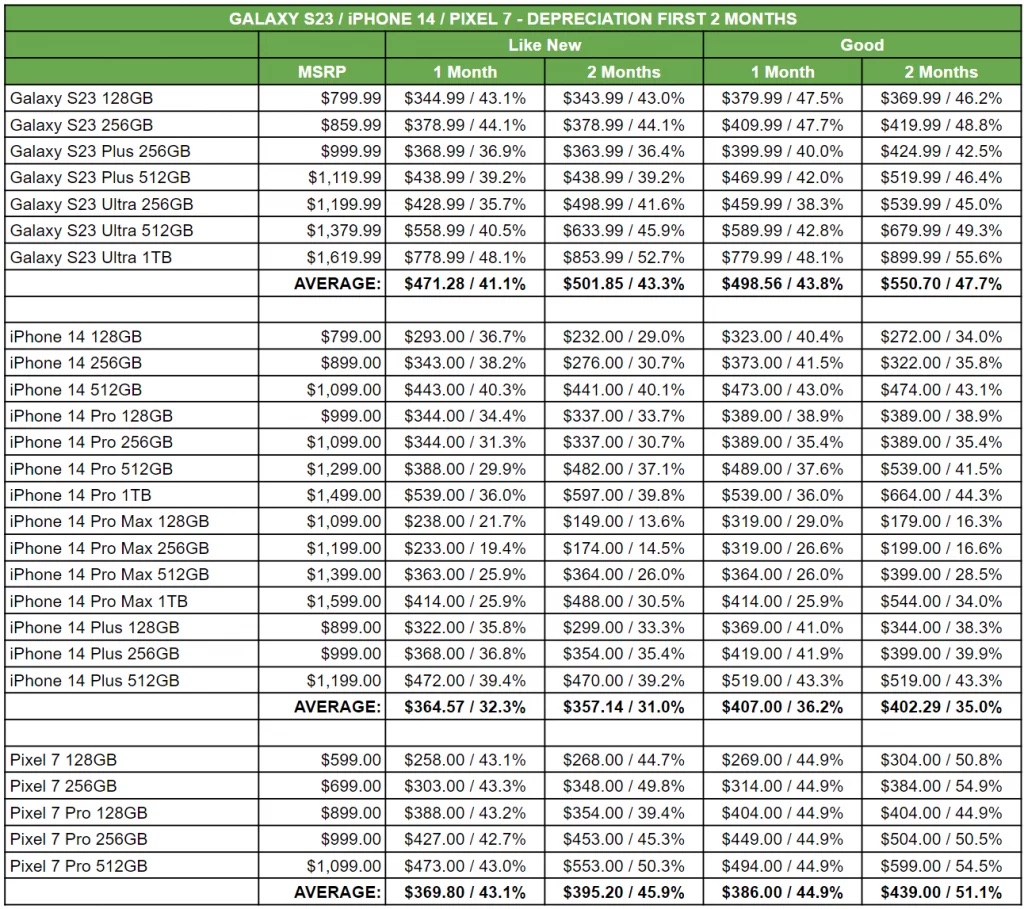
Bloomberg’s Mark Gurman reports that Apple plans to ship iPhone 15 models from India upon the device’s launch, which is a first for the launch of a new iPhone lineup. This hints that the company is slowly progressing in diversifying its supply chain away from China. It has been reported that the casings for the vanilla iPhone 15 are already being manufactured in India by local suppliers such as Jabil. The mentioned supplier also assembles AirPods enclosures. Apple is said to be ramping up its efforts to move more iPhone production out of China, with India and Vietnam being the two favorable options for manufacturing and product assembly. Apple is expected to triple its production of iPhones over the next 2 years in India. (Gizmo China, Bloomberg, The Strait Times)
Apple has released a teaser image of the barricade of its first official retail store in India, Apple BKC, which is set to open soon. The store is in the country’s financial capital of Mumbai, located in a high-end shopping mall at Bandra Kurla Complex – hence ‘BKC’ in the title – in the city’s main business district.(MacRumors, Apple)
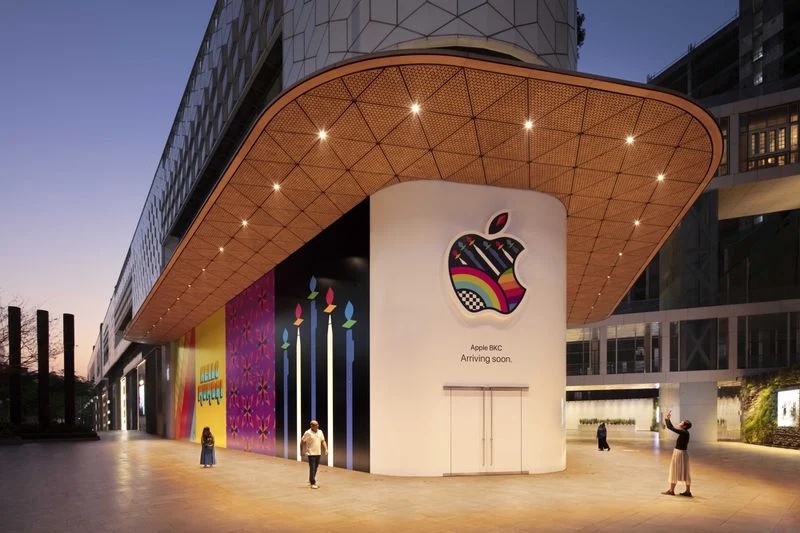
Huawei has reportedly notified all of the stores to remove the promotional material on smartphones and other third-party stores under Huawei’s smart selection category. These phone makers with Huawei design rights will strictly follow the new rules of not using Huawei in promotional or sales slogans. Huawei Smart Selection is a smart home ecosystem brand launched by Huawei. It is an important part of Huawei’s all-scenario smart life strategy. Also, it is similar to Mijia in the Xiaomi ecosystem, providing a platform, but the products are usually branded by other partners. (Huawei Central, CN Beta, Antutu, Sina)
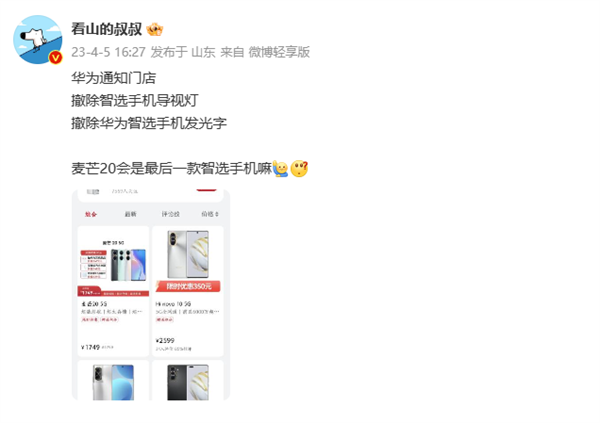

The US Patent & Trademark Office (USPTO) has granted Apple a patent for a redesigned AirPods charging case. The front of the case would have a touchscreen display similar the one of an Apple Watch. Based on patent description and images, the display built into the case would offer media controls and even basic apps such as Maps, Weather, and notifications. Also according to the patent, users would be able to switch between apps using Siri commands. One of the images even shows the possibility of transferring a song from AirPods to a HomePod using Handoff. (MacRumors, USPTO, CNET, 9to5Mac, Patently Apple)
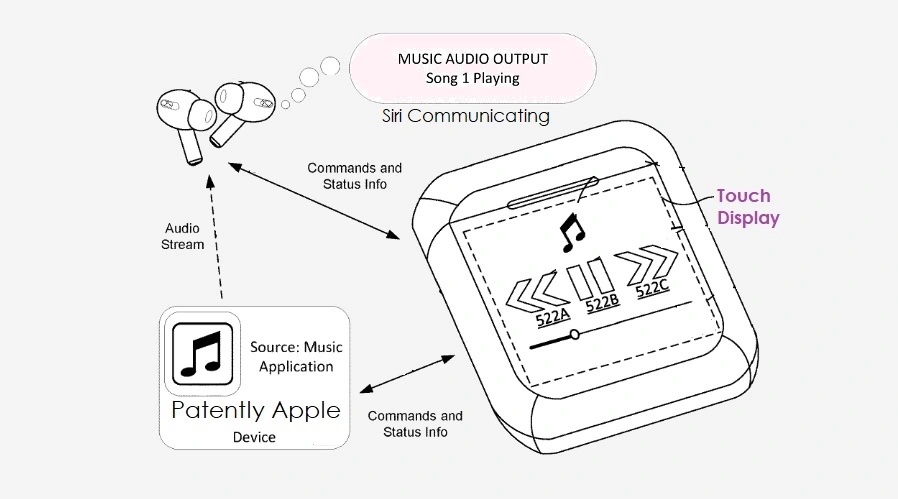
Samsung has announced that its Galaxy Watch5 and Watch4 series smartwatches will begin to roll out the Peloton Watch App. Users will be able to connect to Peloton Bike, Bike+, Tread, Row and Guide, through the app providing users the ability to see their heart rate on screen during a workout. The Peloton Watch App empowers users with more control and visibility over their home workouts. After a user selects a workout on their chosen Peloton equipment and opens the Peloton Watch App on their Galaxy Watch, a prompt will appear to pair the two devices. Users can simply tap the “connect” button to see their heart rate displayed on their Peloton equipment screen or Wear OS platform during their workout.(Phone Arena, Samsung, The Verge)
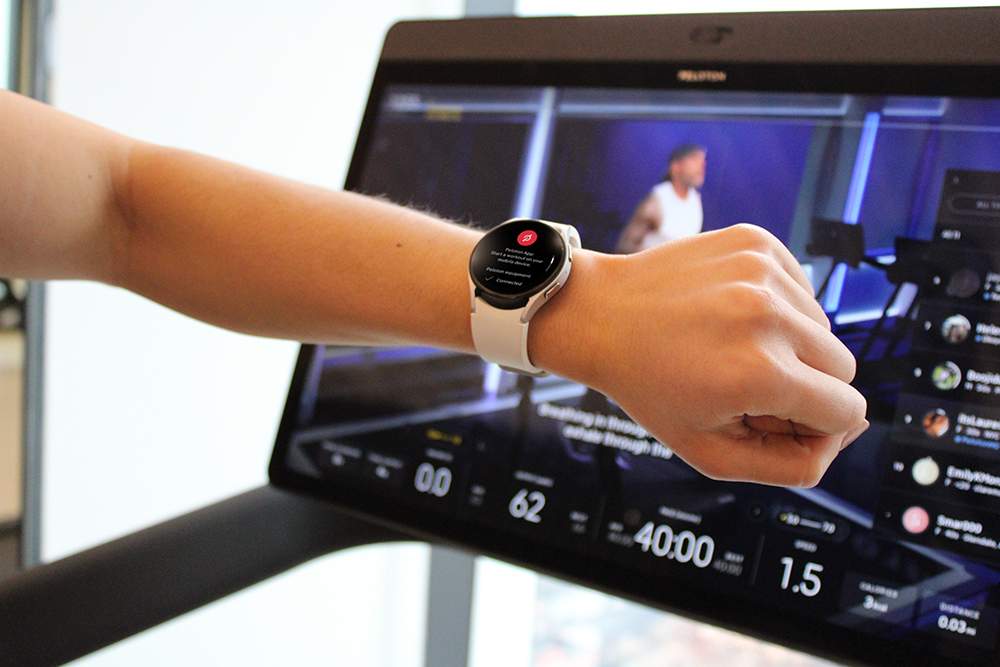

According to TF Securities Ming-Chi Kuo, Sony has cut its 2023 production plan for the PS VR2 by about 20%. The product lifecycle shipment for Meta’s Quest Pro is only around 300,000 units. Pico (China’s largest AR / VR headset brand) shipments in 2022 were more than 40% lower than expected. The current market consensus may overestimate AR / VR headset devices’ contribution to key component suppliers over the next few years, particularly in the optical-related. (CN Beta, Playstation Lifestyle, VGChartz, Medium, Twitter)
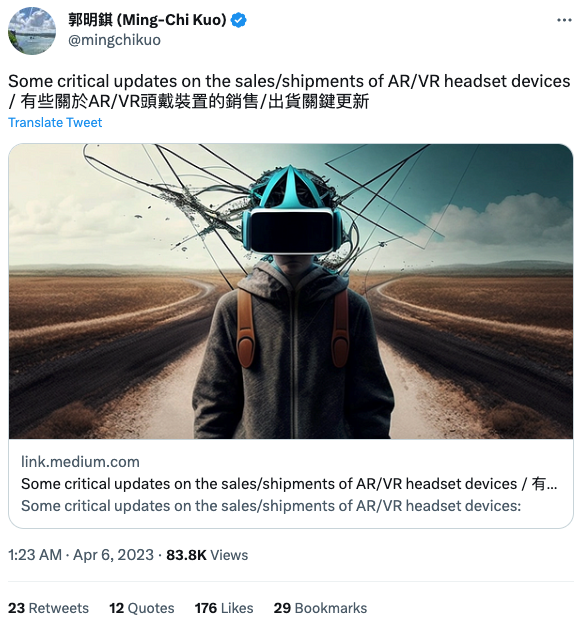
Sony’s new PlayStation VR2 headset is experiencing a sluggish launch into the market, as it is projected to sell fewer than 300,000 units in its initial weeks on the market, according to Bloomberg. Sony is expected to sell approximately 270,000 units of the PSVR2 between its release on 22 Feb 2023 and the end of Mar 2023, according to estimates from research firm IDC. This is a far cry from Sony’s initial goal of producing approximately 2M units for the PSVR2’s launch window. IDC’s Francisco Jeronimo, vice president of data and analytics, suspects a price cut on the PSVR2 will be needed to avoid a complete disaster of their new product. (Bloomberg, Benzinga, CN Beta)
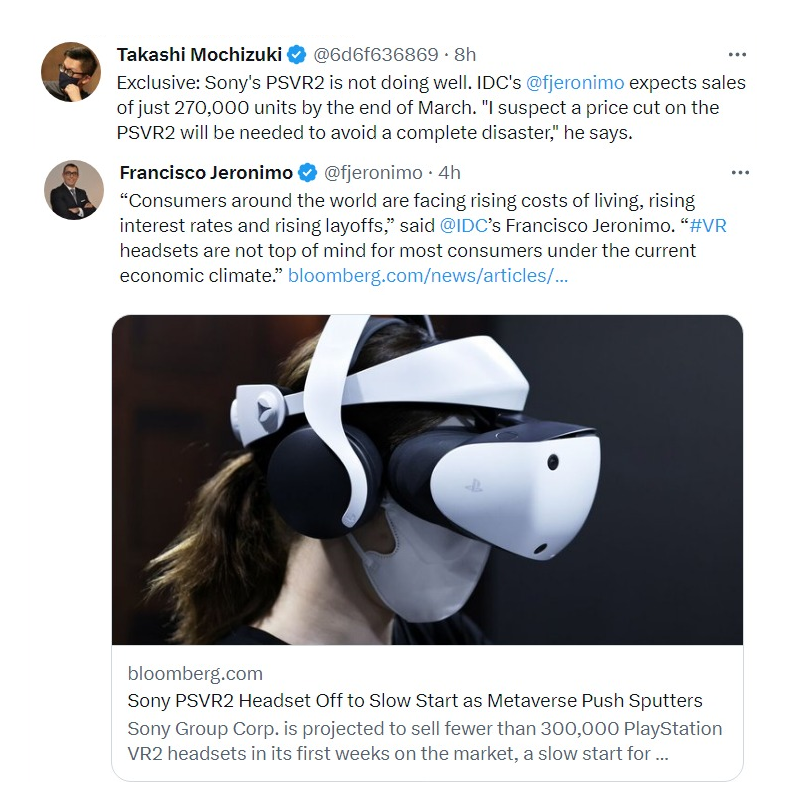

India’s smart TV shipments grew 28% YoY in 2022, according to Counterpoint Research. The growth for the year was primarily driven by strong shipments during the festive season in 3Q22, multiple new launches, discounts and promotions, and the demand for bigger screen-size TVs in the lower price tier. For 4Q22, the growth was almost flat at 2% YoY due to a slowdown in demand after the festive season. Consumers are preferring bigger screen sizes, especially 43”, due to which the smart TV shipments in this display size grew 29% YoY in 2022. This size has also started trickling down to the budget price range (INR 20,000-30,000 or ~USD243-364). Xiaomi continued to lead India’s smart TV market in 2022 with an 11% share. The Mi TV 5A series and Redmi Smart TV series, especially the 32” model, were among the volume drivers for the brand. (Gizmo China, Digitimes, Counterpoint Research)
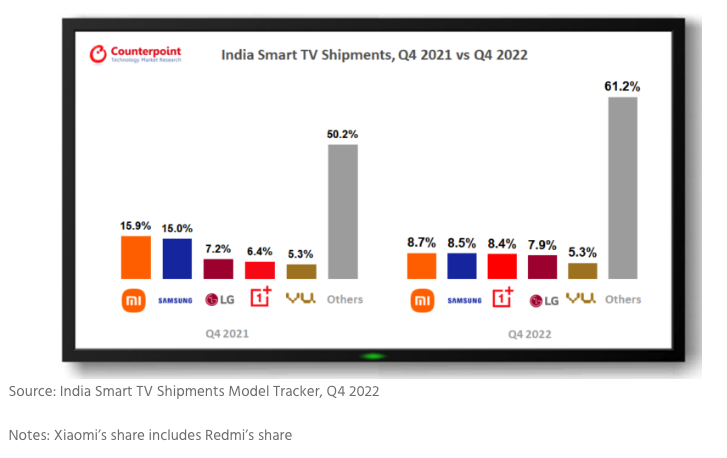
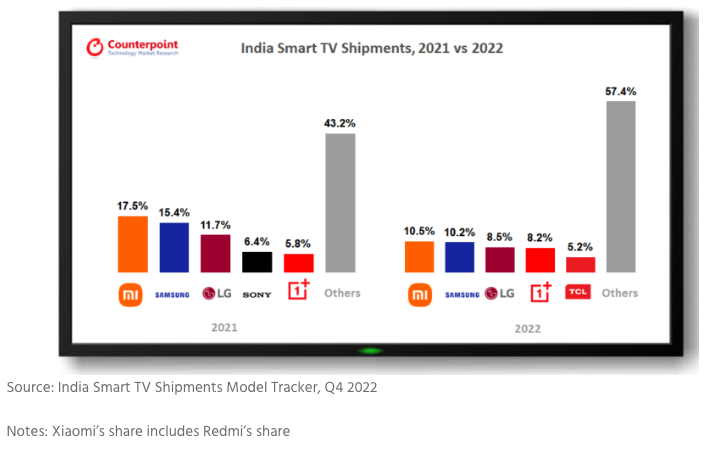

The new Toyota Motor CEO Koji Sato has stated that the company plans to turbocharge the company’s EV sales to 1.5M vehicles in 2026 with the help of a newly developed platform and local production of a three-row, full-electric crossover in North America. The company aims to introduce 10 new battery-electric vehicle models by 2026. He has stressed that Toyota’s next-generation BEVs will be “entirely different” from those of today, describing them as “BEVs created by carmaker”. The automaker will launch two new EVs in China in 2024, in addition to the bZ4X SUV and bZ3 sedan, while an expanded bZ lineup will be offered in developed countries. In addition, Toyota plans to introduce an electric pickup truck in Asia and other emerging markets before the end of 2023, as well as a compact model. Toyota reiterated its commitment to a multi-pathway approach, noting that it will continue to develop BEV, PHEV, FCEV, HEV, H2 and CN Fuel vehicles going forward.(CN Beta, InsideEVs, Automotive News)
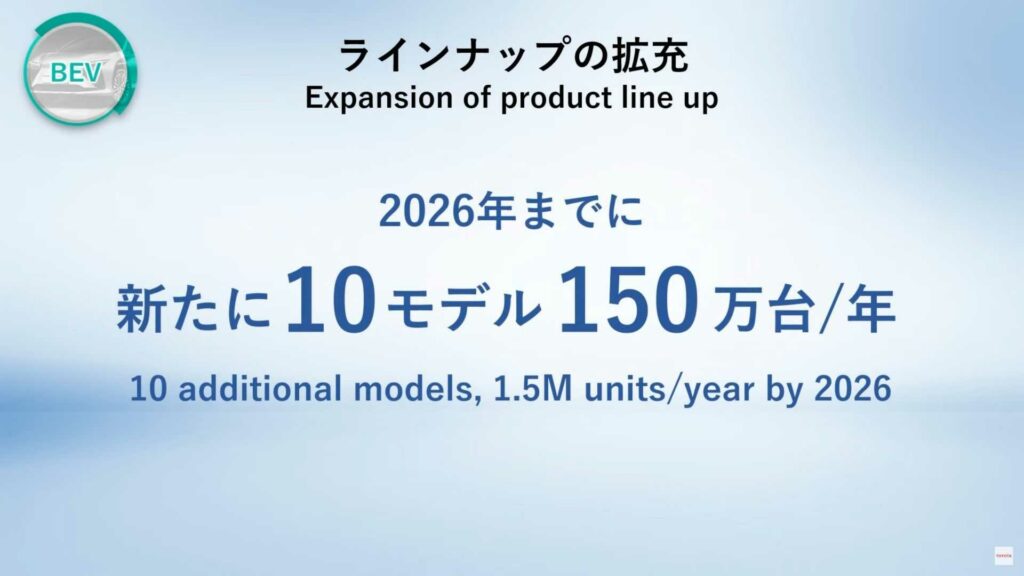
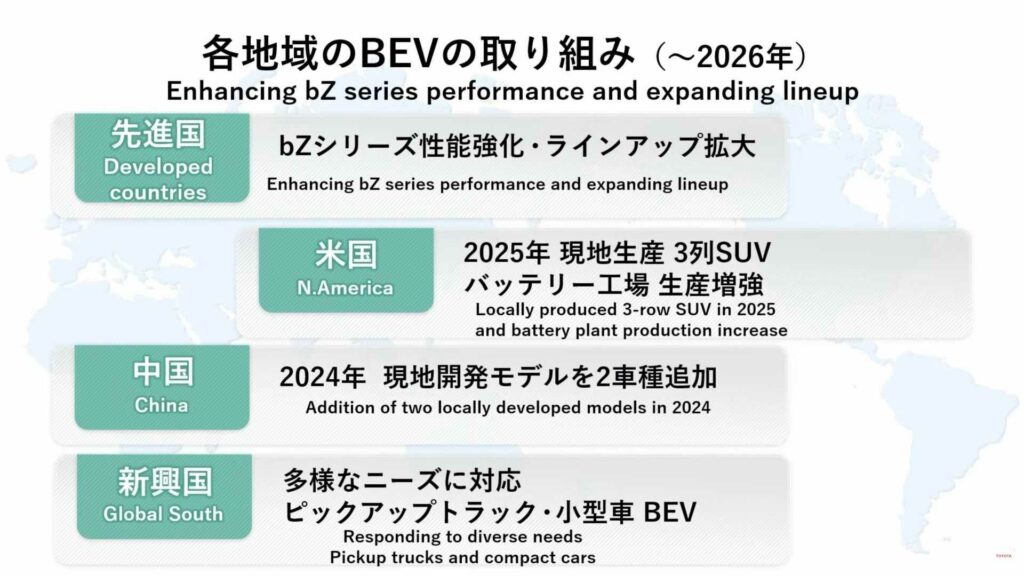
Tesla is reportedly gearing up for a significant production expansion, focusing on their new low-priced models, with a planned annual production capacity of 4M vehicles. The move is part of Tesla’s broader goal of reaching annual sales of 20M vehicles. This lower-priced model will be a compact version of the Model Y. Tesla is devising an ambitious production capacity plan, with the North American Gigafactory slated to produce 2M vehicles, while the Berlin factory in Germany and the Lingang factory in Shanghai will each handle 1M vehicles. (Gizmo China, NotaTeslaApp, 36Kr, Twitter)
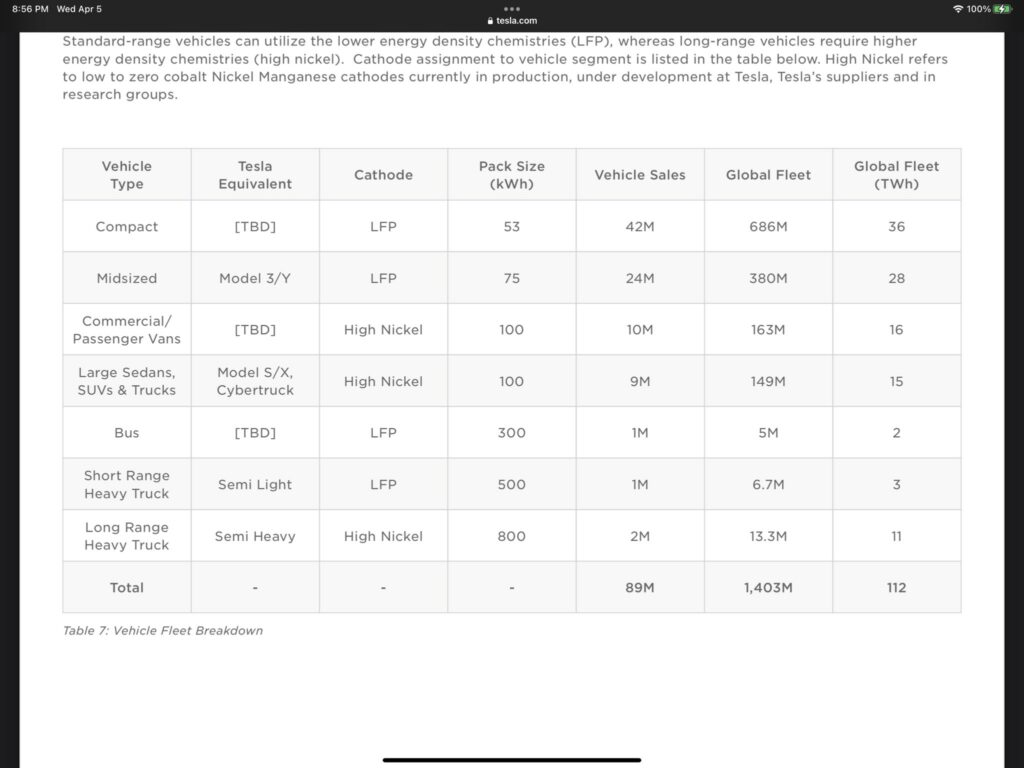
Huawei founder Ren Zhengfei has said “Huawei or HUAWEI” words cannot be used by any vehicle publicity or design. He forced Huawei Wenji or Huawei AITO to false under the same circumstances and these will also be denounced. After that, AITO removed all of the Huawei logo and Huawei-related references for car promotion. Also, AITO’s marketing team is banned from adding Huawei before their car names. Aside from Ren Zhengfei, the rotating chairman of Huawei, Xu Zhijun also responded to the fact that AITO Wenjie became “HUAWEI Wenjie”. Some individuals, companies, and partners are abusing the Huawei brand and Huawei will take appropriate actions against them.(GizChina, Sina, OfWeek, Huxiu, 36Kr, Pandaily)
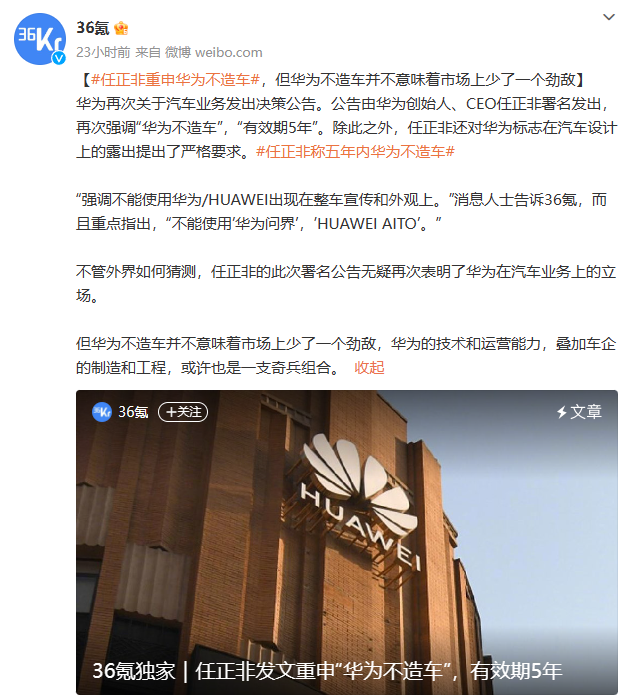

According to Ministry of Science and ICT, South Korea will facilitate state and private sector investments totaling KRW160T (USD121B) in research and development of three key technology sectors – semiconductors, displays and next-generation batteries – by 2027. Under the plan released during a government meeting, the funding jointly created by the government and the private sector will be used to encourage local companies and research centers secure advanced technologies and create new markets in the three sectors. A total of 100 technologies, including semiconductor devices, high-resolution displays and hydrogen fuel cells, will be given priority for the funding. The plan is part of the “New Growth 4.0 Strategy”, which was announced in Feb 2023. (CN Beta, Yonhap News, Pulse News)
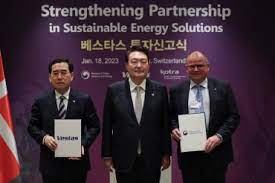
Samsung Electronics is contemplating setting up a chip test line in Japan to strengthen its advanced packaging business and establish closer ties with Japanese semiconductor equipment and materials manufacturers. Samsung is considering establishing the facility in Kanagawa prefecture, near Tokyo, where it already has a research and development centre. Samsung’s plan to develop advanced packaging techniques, including placing chips with different functions into a single package, could improve chip performance as manufacturers push the physical limits of how small chip features can get. The test line would involve the back-end process of chipmaking, in which semiconductors are cut and assembled into products. Japan has aligned its technology trade controls with the US by restricting exports of 23 types of chip-making tools, aiming to counter China’s growing power in chips and advanced technology. By expanding into Japan, Samsung seeks to cooperate with Japanese companies to access a local “ecosystem,” attract relatively low labour costs, and the presence of leading chip equipment and materials makers.(Gizmo China, Reuters, BNN)
Google has published details about one of its artificial intelligence (AI) supercomputers, saying it is faster and more efficient than competing Nvidia systems. Google has been designing and deploying AI chips called Tensor Processing Units (TPUs) since 2016. Google said that it had built a system with over 4,000 TPUs joined with custom components designed to run and train AI models. It has been running since 2020, and was used to train Google’s PaLM model, which competes with OpenAI’s GPT model, over 50 days. Google’s TPU-based supercomputer, called TPU v4, is “1.2x–1.7x faster and uses 1.3x–1.9x less power than the Nvidia A100”.(Gizmo China, IT Home, Reuters, CNBC, Arvix)
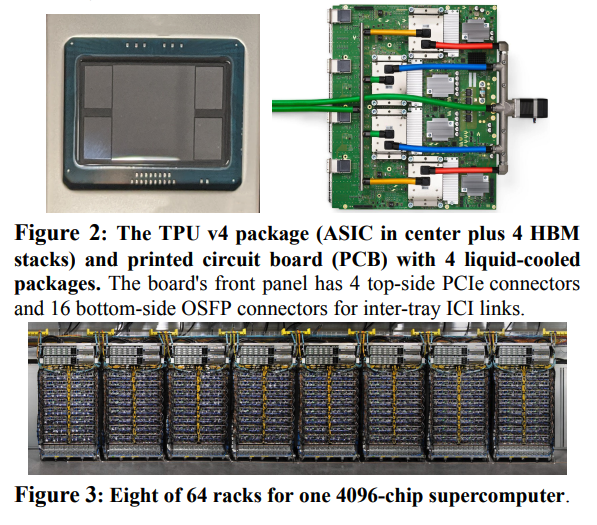
Taiwan Semiconductor Manufacturing Company (TSMC) will reportedly commence mass production of its 2nm semiconductor process in 2025. The timeline matches TSMC’s schedule, which its management has provided several times during analyst conferences. Additionally, these rumors suggest that TSMC is also planning a new 2nm node called N2P which will enter production in the year after N2. TSMC is yet to confirm a new process called the N2P, but it has used similar naming for its current 3nm semiconductor technologies, with N3P being an enhanced version of N3 and reflecting refinements in the production process. (Phone Arena, MoneyDJ, WCCFTech, Nikkei CN)
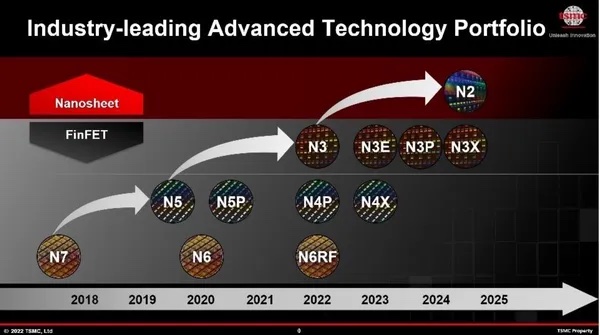
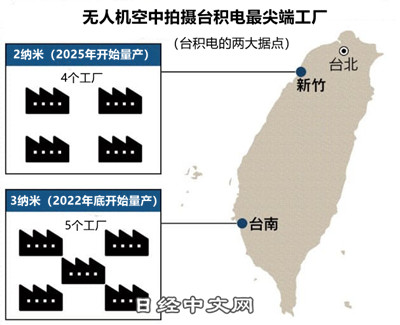
After years of waiting and delays, Intel finally launched its first dedicated GPU in its Arc family in 2022. Intel will reportedly continue to make new GPUs for at least the next few years. Intel’s second generation GPU will have the code name Battlemage, and it will start production in 1H24, for a public launch in 2H24. The Battlemage GPU will use Intel’s Xe2 architecture, and it will be made by TSMC using its 4nm process. No other details about this GPU were revealed. Intel is also developing a third-gen GPU, with the code name Celestial, based on the Xe3 chip design. It will also be made by TSMC, using a 3nm process, and it will reportedly start production in 1H26, for 2H26 launch. (Neowin, CTEE, Yahoo)
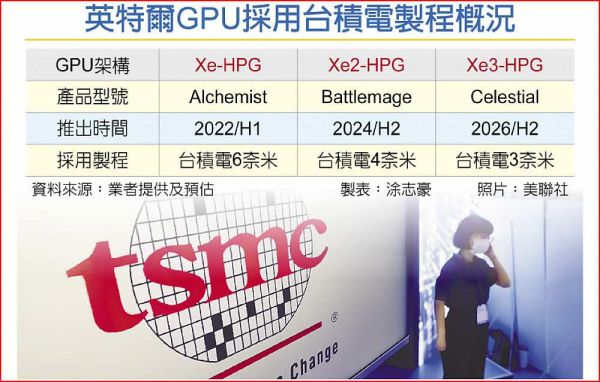
AMD has unveiled the Alveo MA35D media accelerator with two 5nm, ASIC-based video processing units (VPUs) that it expects to power live interactive streaming services at scale. It said the new product supports the AV1 compression standard and delivers up to 4 times higher channel density, four times max lower latency in 4K, and 1.8 times greater compression efficiency. According to AMD, the Alveo MA35D uses its VPU to perform all the video processing functions. This helps to reduce latency and maximize channel density with up to 32x 1080p60, 8x 4Kp60, or 4x 8Kp30 streams per card. Aside from having support for AV1, the Alveo MA35D also delivers ultra-low latency for the H.264 and H.265 codecs.(Neowin, AMD)
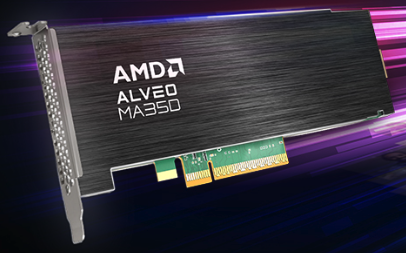

Samsung Galaxy Z Flip5, which is believed to be launched in 3Q23, will allegedly feature a bigger cover display. The display covers nearly the entirety of the closed top section of the foldable. Samsung allegedly use a waterdrop hinge for the Flip 5 to allow it to close much tighter without any unnecessary gaps between the sides. (CN Beta, Android Police, SamMobile, Digital Trends)
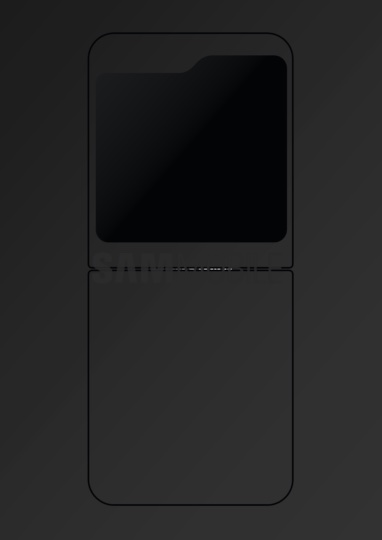
Samsung Display plans to invest KRW4.1T (USD3.14B) until 2026 in Asan, South Korea to make advanced organic light-emitting diode (OLED) display panels used in tablets and computers. Samsung has previously announced a massive long-term development plan for the chipmaking side of its business, amounting to around USD230B over 20 years. Samsung’s investment is confirmed to have government support in the form of additional tax-breaks for the company.(Phone Arena, Reuters, 9to5Mac, CN Beta, WCCFTech)
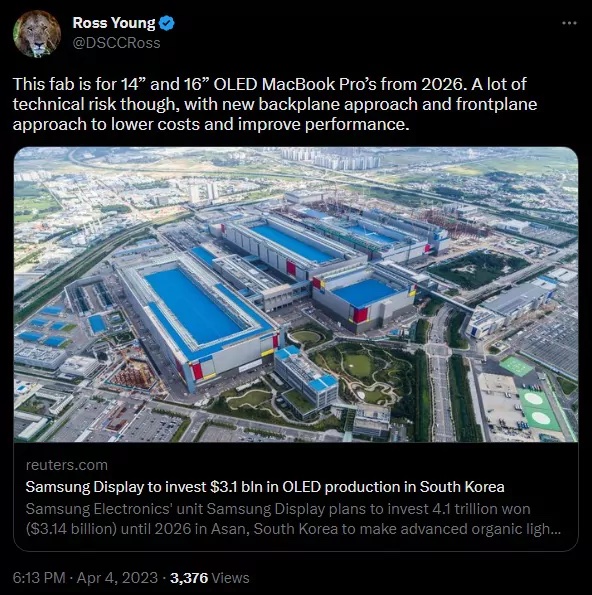
Huang Zhipan, executive vice president of Xingji Meizu Group and CEO of Meizu brand, revealed that Meizu will launch foldable smartphone by the end of 2023. Meizu has recently published a patent for “a foldable opening and closing structure and electronic equipment”. The present invention provides a foldable opening and closing structure and electronic equipment. The foldable display opening and closing structure includes a first display and a second display; the first display and the second display are connected together through a folding mechanism; the folding mechanism can drive the first foldable and the second foldable are opened to each other, and the first foldable and the second foldable are locked when the first foldable and the second foldable are closed to each other.(Gizmo China, Sina, My Drivers, IT Home, IT Home)
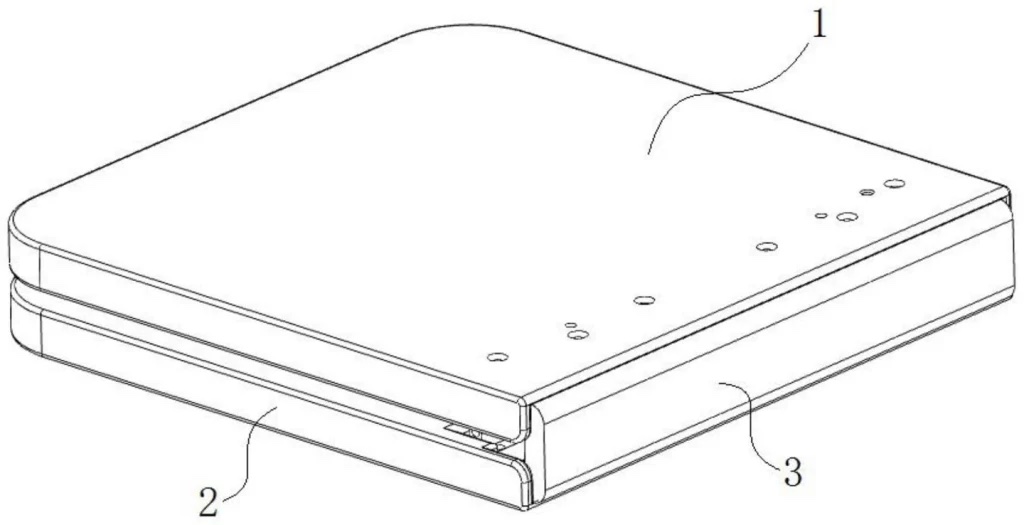
The installed base of foldable smartphones in the US stood at 4.7M in 2022, according to Counterpoint Research. About 28% of current smartphone users are highly likely to prefer a foldable smartphone as their next purchase. Samsung is the most preferred brand for foldable purchase for 46% of the respondents, followed by Apple with 39% and Motorola with 6%. Samsung has the highest stickiness in terms of foldable preference, with 92% of Samsung users planning to stick with the same brand when making a foldable smartphone purchase. About 49% of the respondents ranked the flip-type foldable at the top, followed by the book-type foldable. (Gizmo China, Counterpoint Research)
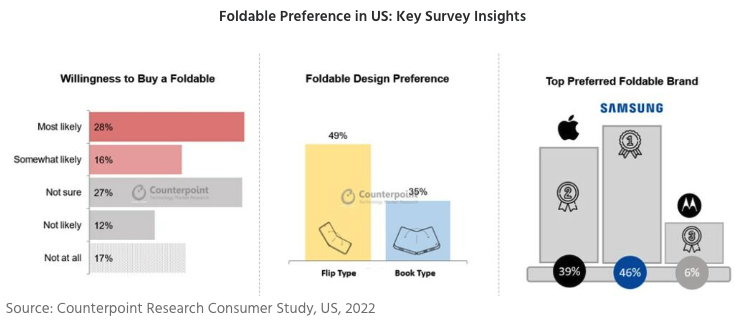

U.S. chipmaker Rambus has said it had extended its patent license agreement with South Korean semiconductor giant SK hynix for an additional 10 years. The extension, effective 1 Jul 2024, will provide SK hynix with broad access to the full Rambus patent portfolio through mid 2034, while maintaining similar financial terms. The specific terms and details of the agreement remain confidential. (CN Beta, Rambus, Guru3D, Seeking Alpha)
Kioxia has proven that Hepta Level Cell NAND with 7 bits per cell is a workable possibility. This new type of NAND can house up to 7 bits per cell, giving it nearly twice the storage capacity of QLC NAND flash. To create hepta-level NAND flash, Kioxia is using a new design called new silicon process technology to increase cell density, in conjunction with cryogenic cooling. New silicon process technology replaces current poly-silicon materials with a single-crystal silicon that is used in a channel inside a memory cell transistor. This apparently reduces the amount of read noise coming from the NAND flash by up to two-thirds. (CN Beta, Blocks & Files, IEEE, Tom’s Hardware, Kioxia)
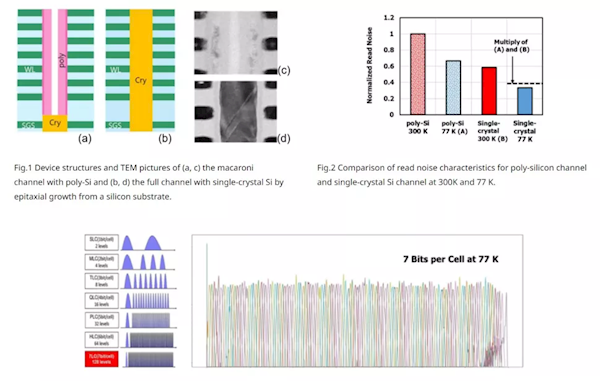
Samsung Electronics has announced that it will reduce its chip production in response to a significant decline in global semiconductor demand, which has resulted in plunging prices. This decision comes after the company revealed a 96% decline in 1Q23 profit, which was worse than anticipated. The launch of a new flagship smartphone is expected to have supported mobile profits, but its chip division likely reported quarterly losses of more than KRW3T (USD2.3B) as memory chip prices fell and its inventory values were slashed. Operating profit likely fell to KRW1.08T in the quarter ended 31 Mar 2023, according to a Refinitiv SmartEstimate from 27 analysts, weighted toward those who are more consistently accurate. Prices of DRAM memory chips, widely used in smartphones, PCs and servers plunged about 20% during the quarter, while prices for NAND flash chips used in data storage fell about 10% to 15%, according to TrendForce. Rivals Micron Technology and SK Hynix have slashed investment plans as a result, expecting the chip downturn to last at least until 2H23.(CN Beta, Live Mint, Yahoo, MSN, CNN, Reuters)
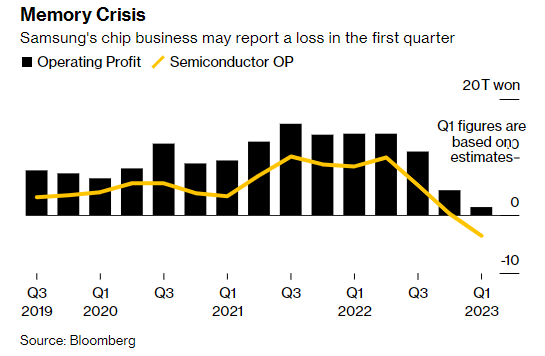

Apple has obtained a technical patent for its HomePod from the United States Trademark and Patent Office (USPTO). The patent sketch reveals that a camera has been added to the HomePod, which provides users with easier control over their smart home devices. According to the patent description, the purpose of the camera is not for video calls or security monitoring, but for facial recognition to identify the person in the room making a request to the HomePod. Based on the user’s request, the HomePod provides personalized and simplified control over their smart home devices. (Gizmo China, IT Home)
